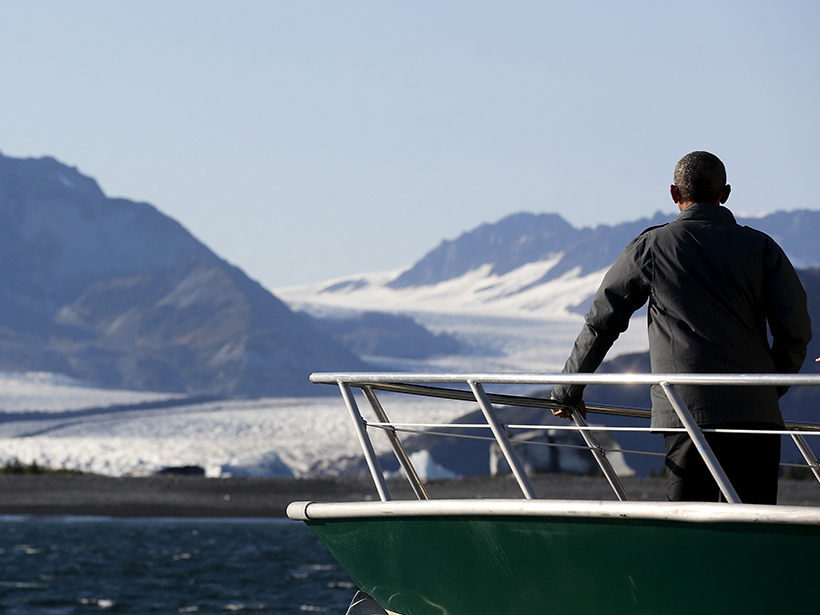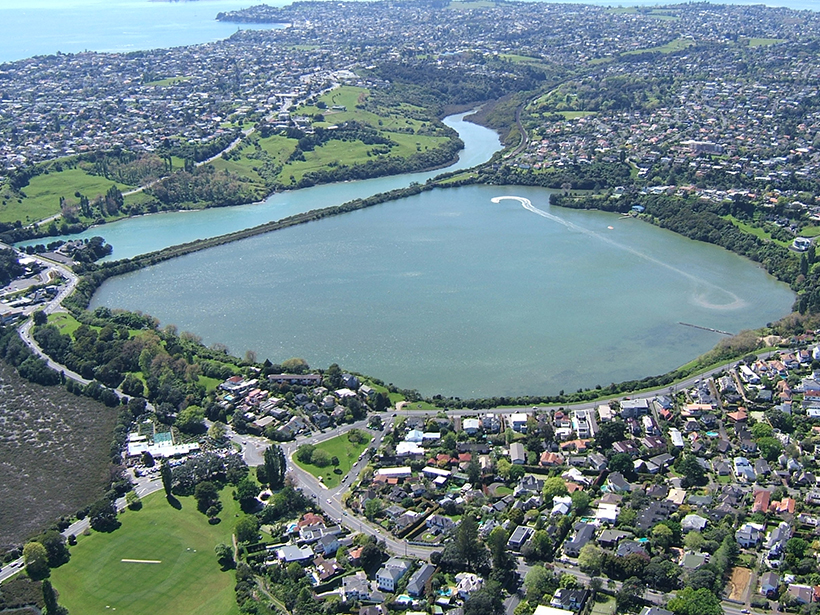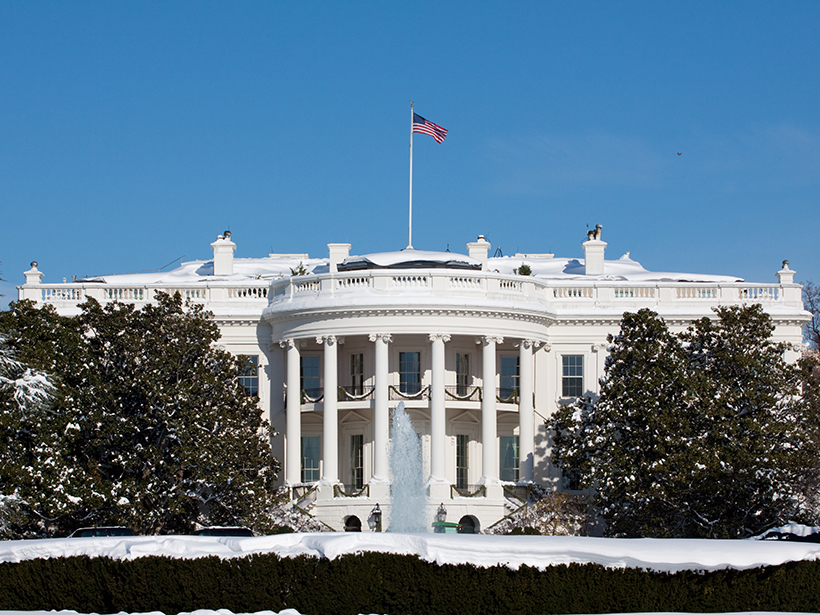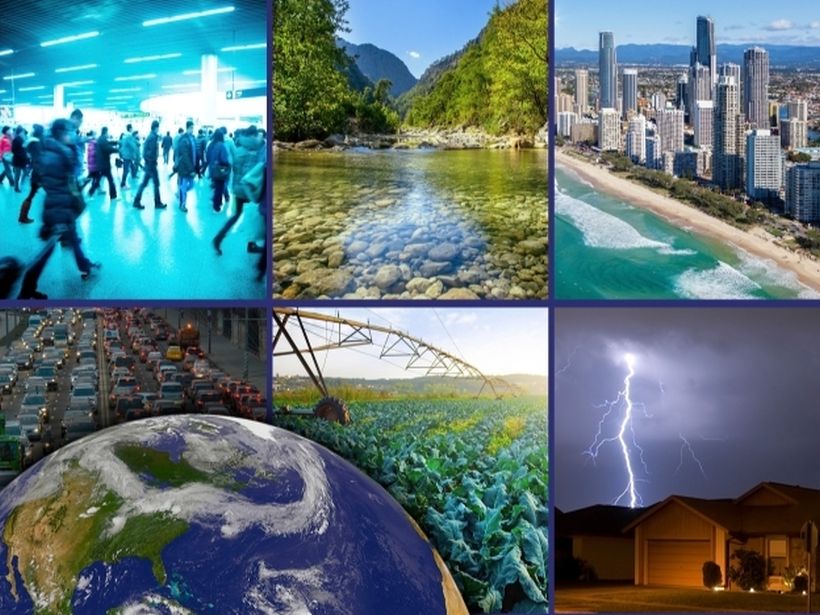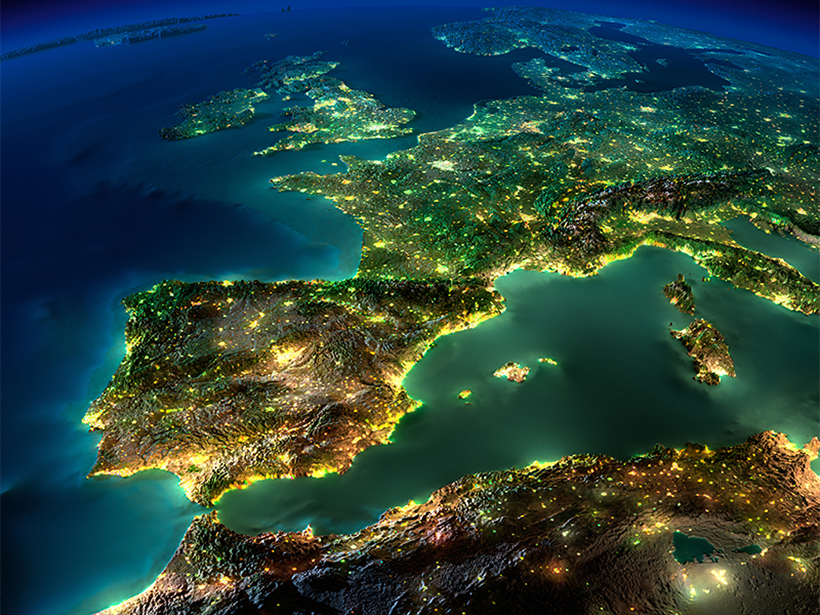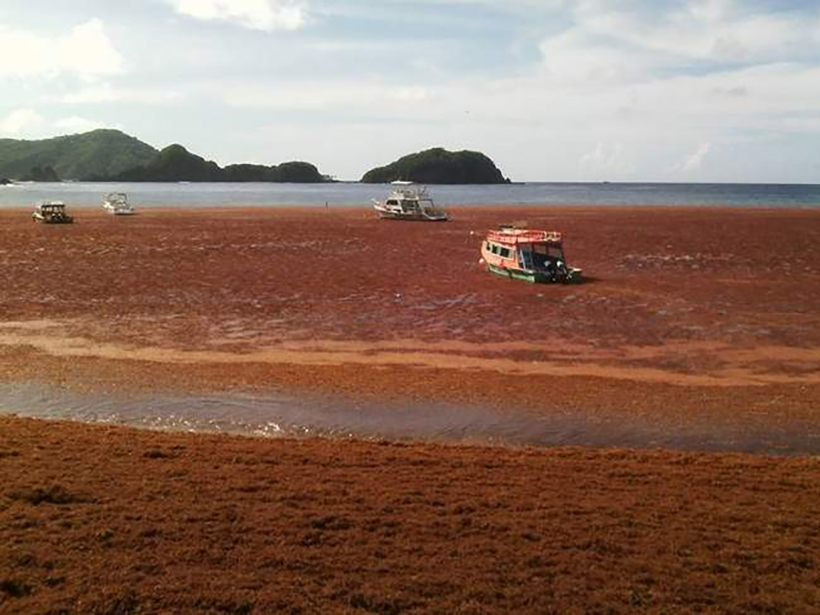Precipitous transformations from climate change add impetus for this international meeting to guide cooperative research in the northern polar region, U.S. official says.
Climate Change
Probing the History of New Zealand's Orakei Maar
A team of scientists drilled into the bed within a northern New Zealand explosion crater lake to gain insights into volcanic hazards and past climates.
Next President Must Name Science Leaders Fast, Report Urges
The report steers clear of providing guidance for how the next president should deal with specific science and technology issues, but it calls out climate change as a key policy area.
Climate Change May Reduce Future Corn Supply
A suite of simulations run with a spectrum of starting conditions shows that climate change will reduce corn crop yield, although the degree of reductions varies widely.
Air-Sea Interactions Influence Major Southern Wind Belt
Ocean and atmospheric data provide evidence for how sea surface temperatures affect the Southern Annular Mode.
Volcanic Java and Climate Change
An account of a geophysicist's recent trip to Indonesia wouldn't be complete without intrigue and elucidations about what Java, climate change, and Butch Cassidy all have in common.
Here Comes the Anthropocene
Two recent papers in Earth's Future discuss the addition of a new epoch to the geological timescale.
Exploring Formal Recognition of the Anthropocene
Colin Waters of the Anthropocene Working Group, which has been exploring formal recognition of the Anthropocene as a unit in the geological time scale, discussed the group's recommendations at the IGC.
Sargassum Watch Warns of Incoming Seaweed
The Sargassum Watch System processes satellite data and feeds results to a Web portal, giving decision makers timely information on seaweed location and warnings for potential beaching events.
Scientific Study Group Favors Recognizing Human-Influenced Epoch
A formal proposal could take 3–4 years to prepare and then would require evaluation and approval by other scientists.

